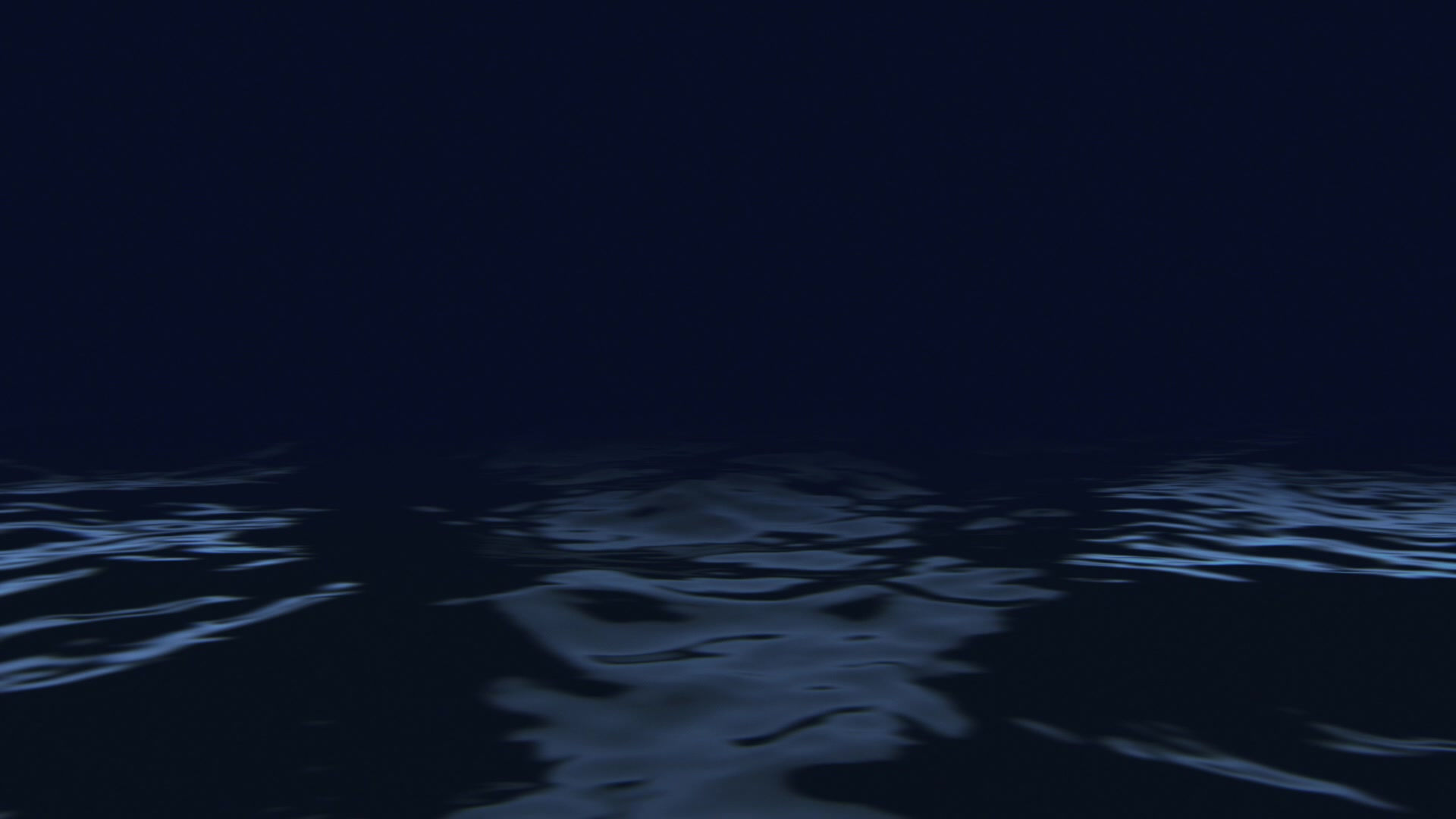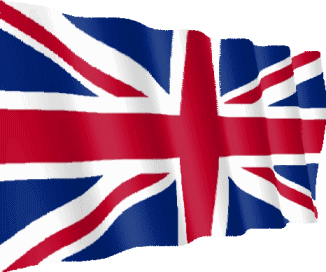


Nelsons Prayer Reading 2015

Click to enlarge
The Bolton Trafalgar Society commemorate Lord Nelsons' battle triumph every year on the 21st October. To honour the day, the society visits pubs in Harwood and set off commemorative canons at noon to mark the start of the battle at The House Without a Name pub in Lea Gate Harwood. The date marks the anniversary of the Battle of Trafalgar in 1805, a naval battle led by Lord Nelson’s flagship HMS Victory, which defeated French and Spanish forces, confirming British naval superiority.
The day begins with a full breakfast accompanied by champagne at The White Horse Inn Stitch-Mi-Lane followed by lunch somewhere en-route then back to The House Without A Name for pie and peas.
Up to 50 people enjoy a day of socialising and celebrating with other members of the society. Member Alan Calvert says: “We commemorate the famous victory every year, It's always a great day.
The Battle of Trafalgar
By 1805 Nelson was already a national hero, and considered the ultimate naval commander. His elevated conception of war ensured that every battle he fought was used to solve major strategic problems, and his many successes ensured he was the only contemporary to rival Bonaparte as ultimate exemplar of total war. Nor did Bonaparte disagree - he kept a bust of Nelson in his private quarters.
21 October 1805 was a naval engagement fought by the Royal Navy against the combined fleets of the French and Spanish Navys', during the War of the Third Coalition (August–December 1805) of the Napoleonic Wars(1803–1815).
The battle was the most decisive naval victory of the war. Twenty-seven British ships of the line led by Admiral Lord Nelsonaboard HMS Victory defeated thirty-three French and Spanish ships of the line under French Admiral Pierre-Charles Villeneuve in the Atlantic off the southwest coast of Spain, just west of Cape Trafalgar, in Caños de Meca. The Franco-Spanish fleet lost twenty-two ships, without a single British vessel being lost.


TRAFALGAR SOCIETY TRIPS
Members of the Society have enjoyed Trafalgar-themed Spring trips in addition to the annual celebrations on October 21. These started in Penzance in 2008 and later involved visits to Portsmouth, Gibraltar, London and Norfolk.
PENZANCE: The group from the House Without A Name in Harwood stayed at the Union Hotel where, in 1805, Mayor Thomas Giddy made the first announcement of the news that the naval battle had been won and that Nelson had died. Local fishermen had heard about it earlier from crew members aboard HMS Pickle, a schooner anchored in Mounts Bay en route to the Admiralty with an official account. After the Mayor interrupted a ball to give the news from a balcony a banner was made hastily and the people of Penzance walked from the harbour to Madron Church to give thanks for the victory and to mourn Nelson’s death.
PORTSMOUTH: The highlight for our Bolton visitors was a tour round the Victory, Nelson’s flagship at the Battle of Trafalgar. They were among the millions of tourists over the years who have gazed at the brass plaque on the quarter deck where Nelson fell at around 1.15pm when he was mortally wounded by a shot fired by a French musketeer on the French ship Redoubtable. Nelson died of his wounds at 4.30 pm and his body was stripped and placed in a large wooden barrel filled with brandy in order to preserve it for the voyage back home.
GIBRALTAR: During this visit five Boltonians were photographed and featured on the front page of the Gibraltar Chronicle – a publication established in 1801 that had a major story on its hands when the battle took place four years later. The Southport Ditch cemetery consecrated in June, 1798 changed its name to the Trafalgar Cemetery after the battle. But there are only two casualties there because most of those who died were buried at sea. Lieutenant William Forster, who was wounded aboard his majesty’s chip Colossus during the battle, was only 20 when he died. Elsewhere in the cemetery there is a large stone memorial to 36-year-old Capt Thomas Norman of the Royal Marine Corps, formerly of HMS Mars, who died in the naval hospital on December 6 that year after suffering the effects of severe wounds in the “great and memorable sea fight off Trafalgar”.
LONDON: No Name regulars squinted in to the sunshine to see Lord Nelson’s statue atop his column (162ft 6ins/49.54 metres) in the square named after his victory and death in the famous battle. The following day the party visited a Nelson exhibition in the Greenwich Maritime Museum which included paintings and details of the amazing flotilla that accompanied his coffin down the Thames to his final resting place in St Paul’s Cathedral. The Greenwich visit included time for a photograph with a small statue of the Admiral outside the Trafalgar Tavern.
NORFOLK: Three members had an enjoyable visit to the county where Nelson was born on September 29, 1758 in the small village of Burnham Thorpe. There was time to look round All Saints church where his father, Edmund Nelson, was the rector. Prominent on the north wall of the chancel is a bust of Horatio Nelson given in 1905 “in memory of one of East Anglia’s most illustrious and heroic sons”. This trip also provided time to look round the absorbing museum in Great Yarmouth which details Nelson’s life and loves. There is also a striking monument to Nelson in the south of the town. It stands 44 metres (144 ft) high and was funded by subscription and completed in 1819.

